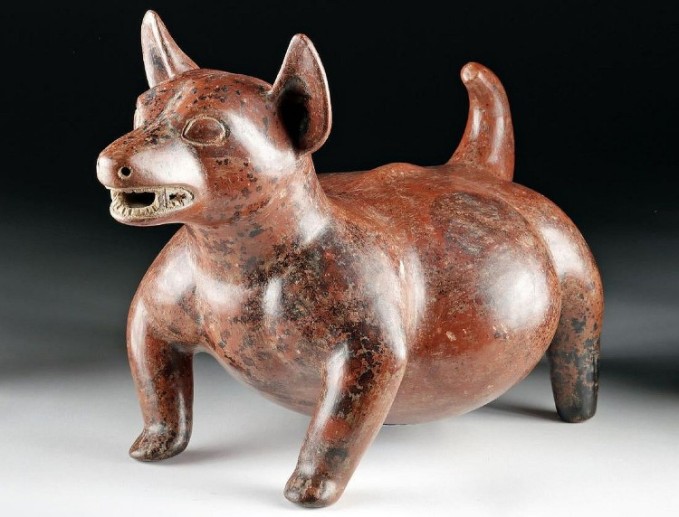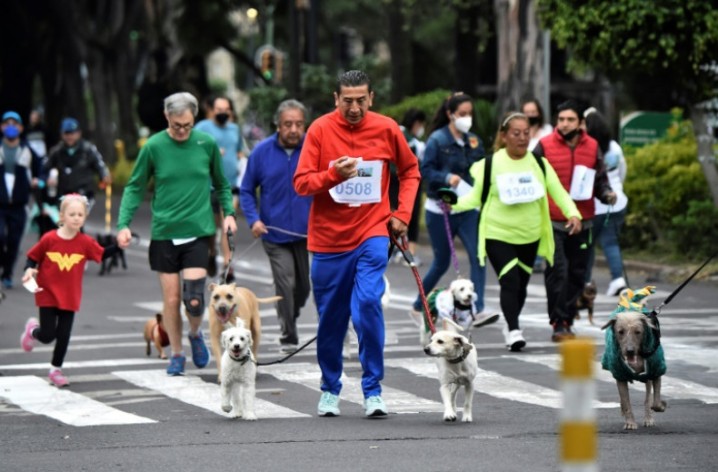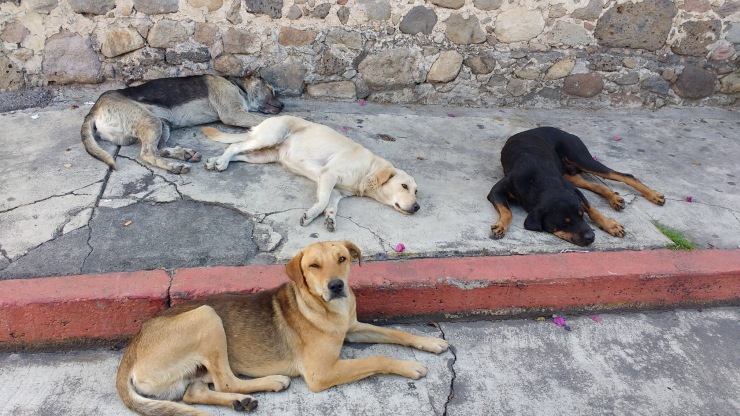If you follow the Mexican news, you may have noticed that a dog named Zeus was shot to death during a robbery of a homeless person in Mexico City. The incident garnered wide media attention causing even Mexico City’s Secretary of Public Security, Omar García Harfuch, to denounce the shooting at a press conference. This sorry episode shows that in Mexico even dogs are not safe from the wave of crime afflicting the country. Dog lovers will see this as a tragedy, but the shooting is also very telling about the change of status of canines in the country.

In pre-Columbian times, dogs were used as a food source. You may have seen some of these edible specimens in terracotta versions during a visit to the National Anthropology Museum in Mexico City. They’re fat little dogs with big grins on their faces. Mexicans eventually dropped this habit and began to see dogs as guardians of the home. They were everywhere with names like Solovino, El Negro and Soltán. In every country town their barking was a staple during the long, dark nights; thus, the title of one of Juan Rulfo’s most famous campesino short stories, “¿No oyes ladrar los perros?”

A dog’s life wasn’t great back then. They were kept outside in the corral and ate whatever was left over from the family’s meager meals. If any of them happened to get rabies, it was shot immediately, and then the rest of the dogs in town were also killed. In the cities, canines didn’t have it much better. Most dogs lived out their lives on roof tops from where they barked menacingly scaring the hell out of people walking by on the sidewalk.

Nowadays, Mexicans, both in the US and Mexico, have changed their attitude toward dogs. It’s not unusual to see them cuddling their pets at home, taking them for a walk or carrying them lovingly in their arms. There are even dog “marathons” in Mexico City. Every time I see these scenes, it reminds me of Gringos and the personal relationship they have with their pooches. Well, I tell myself, this situation is just another consequence of the influence of American culture through direct cultural contact in the United States and through the impact of watching so many American films where dogs are often depicted as cute pets and even in starring roles. This has led to the new relationship with canines in Mexico.

This is all fine and dandy. For instance, I don’t mind people in Mexico taking their dogs for a walk to show that they are modern and cool like the Gringos. Where I have a problem is that very few of them pick up after their damn pets, leaving the sidewalks mined with dog doodoo. So that the rest of us have to make our way very carefully as we stroll the same public paths. I usually walk on the street instead of the sidewalk to avoid stepping on one of these mines and getting to my destination smelling like dog shit. I’ve suggested to friends that city governments should set up places in public where dog walkers can grab a plastic bag to pick up the crap as they do in Gringolandia. But most just laugh at the idea and say the people would probably only steal and repurpose them for other uses, like for sandwich bags.

The other thing that bugs me about this new trend is that now it has become common to see commercials on Mexican television touting the benefits of food for your dog. Pet health care is likewise promoted heavily as is done in the United States. I have always found these commercial disgusting given that a large part of the Mexican population struggles to feed itself and get the proper medical care that our bullshit government fails to provide. Yet you will probably see more television commercials concerned with the health of dogs instead of the health of children that are suffering from malnutrition and all kind of ailments. This is morally wrong any way you look at it.

I remember that some years ago, I brought a group of students to study in Mexico which included a young woman who was genuinely concerned about the amounts of homeless dogs she encountered everywhere. She asked me why there were so many strays. I said that in the US, they had homeless people, and in Mexico they had homeless dogs. The situation made her sad and whenever we went on excursions she would feed to the dingy dogs the torta her host family prepared for her to eat during the outings. Because of her love for these animals, I used to call her Mother Theresa of the Starving Canines. If this compassionate former student returned to Mexico today, I would hope that she would notice that even though strays are still a big problem in the country, Mexican dog life has turned for the better, and maybe now she could focus her attention on the poor people and share her torta generously with them also.

Leave a comment